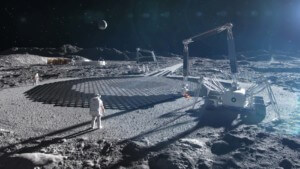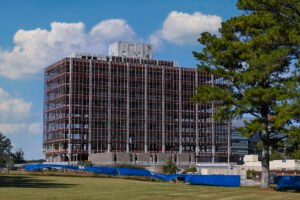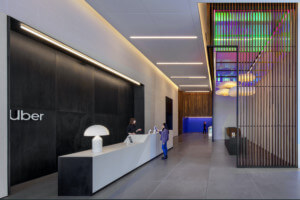The concept of the flying car has lived in the popular imagination ever since the Space Age of the 1950s, yet a recent initiative by the National Aeronautics and Space Administration (NASA) could make urban airborne travel more likely than ever in automotive history. The agency recently signed Space Act Agreements with 17 companies—including Toyota, Boeing, Airbus, and Hyundai—to participate in airborne transportation tests with the intention of radically transforming the transportation of people and goods in the near future.
A series of technology demonstrations, known as the Urban Air Mobility (UAM) Grand Challenge, will test the feasibility of additional airborne (some of them self-driving) transportation systems that include personal taxi services, emergency ambulances, and cargo delivery, all while promoting public confidence in advanced air mobility systems. “With this step,” said NASA’s associate administrator for aeronautics Robert Pearce in a press statement, “we’re continuing to put the pieces together that we hope will soon make real the long-anticipated vision of smaller piloted and unpiloted vehicles providing a variety of services around cities and in rural areas.”
While the drone technology the teams want to use for airborne travel is nothing new, the recent initiative aims to make its daily application in urban areas more realizable through conforming to safety measures set by the Federal Aviation Administration (FAA). “Our partnership with the FAA,” said Pearce, “will be a key factor in the successful and safe outcomes for industry that we can expect from conducting these series of Grand Challenges during the coming years.” Additionally, Uber representatives have suggested that many of the currently existing aviation policies are sufficient for demonstrating the potential of UAM, and that air taxis could avoid ground traffic by linking urban centers with suburbs.
According to a study conducted by Morgan Stanley Research last year, the market for UAM is projected to be worth $1.5 trillion by 2040. “The intersection of many technologies,” said Adam Jonas, head of Morgan Stanley’s Global Auto and Shared Mobility research team, “such as ultra-efficient batteries, autonomous systems, and advanced manufacturing processes are spawning a flurry of activity in this space.”
Uber was the first of the 17 to announce a partnership with NASA in 2017, which later made plans for debuting an autonomous flying taxi in 2023 (the original 2020 deadline seems to have come and gone). The concept car, named Elevate, was expected to fly between 1,000 and 2,000 feet in the air at speeds of up to 200 miles an hour.











